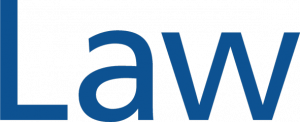
SINGAPORE JOURNAL OF LEGAL STUDIES
First View
- Article
Special Feature: Intellectual Property and Technology in the 21st Century: Part 1 – Preface
First view: [Mar 2026 Online] Sing JLS - Article
Special Feature: Intellectual Property and Technology in the 21st Century: Part 1 – Introductory Remarks
First view: [Mar 2026 Online] Sing JLS - Article
Special Feature: Intellectual Property and Technology in the 21st Century: Part 1 – The Surprising Virtues of Heterogeneity: Legal Pluralism and the Governance of Generative AI
First view: [Mar 2026 Online] Sing JLS - Article
Special Feature: Intellectual Property and Technology in the 21st Century: Part 1 – Copyright and Other Property Interests in Training Data
First view: [Mar 2027 Online] Sing JLS - Article
Special Feature: Intellectual Property and Technology in the 21st Century: Part 1 – Three Obstacles to AI-Generated Content Copyrigtability
First view: [Mar 2026 Online] Sing JLS - Article
Special Feature: Intellectual Property and Technology in the 21st Century: Part 1 – Against Trade Secrets Protection for “Semi-public” Databases
First view: [Mar 2026 Online] Sing JLS - Article
Regulating Inside Information in Sports Betting
First view: [Mar 2026 Online] Sing JLS

